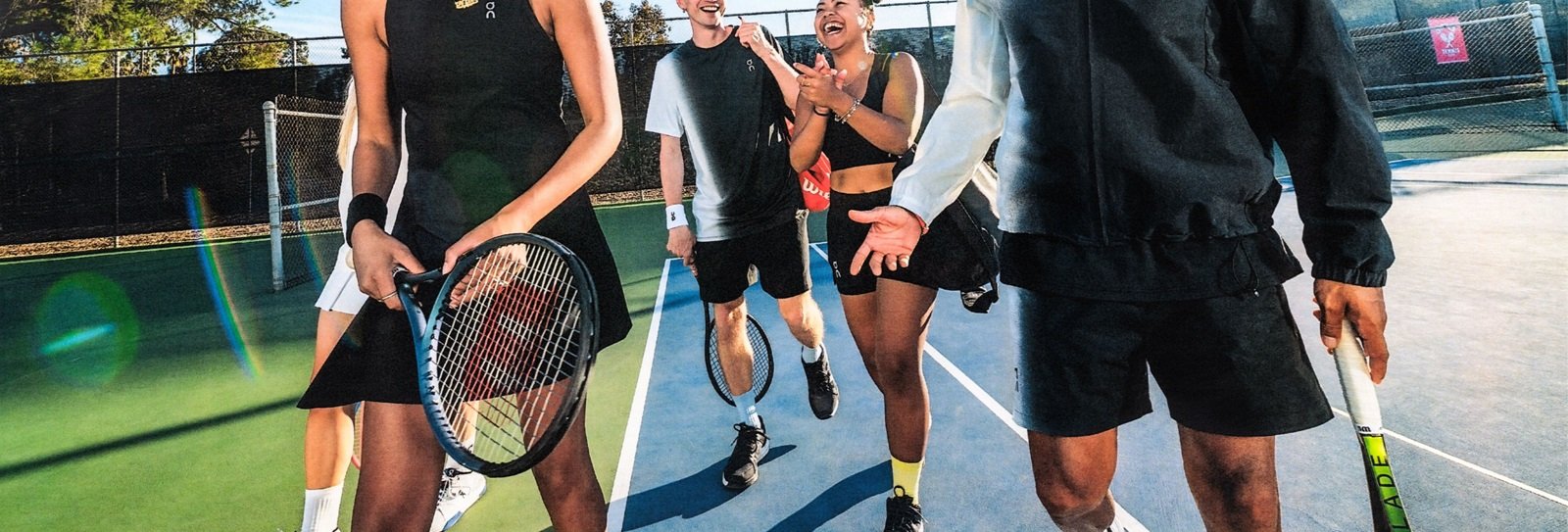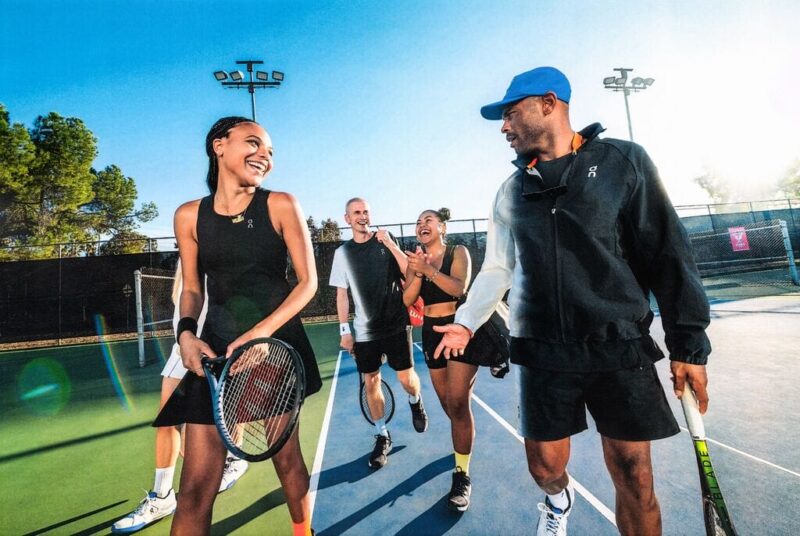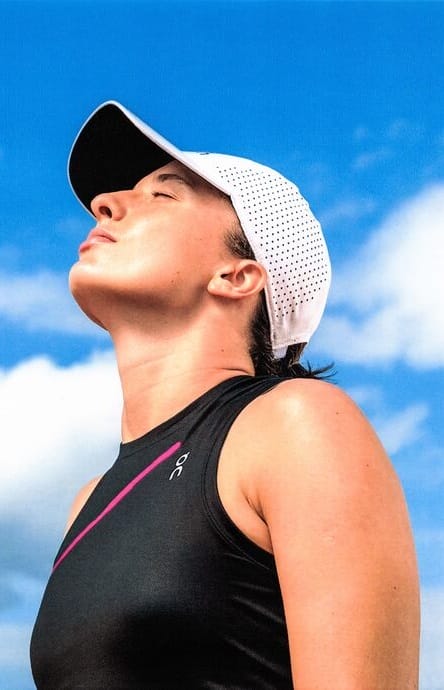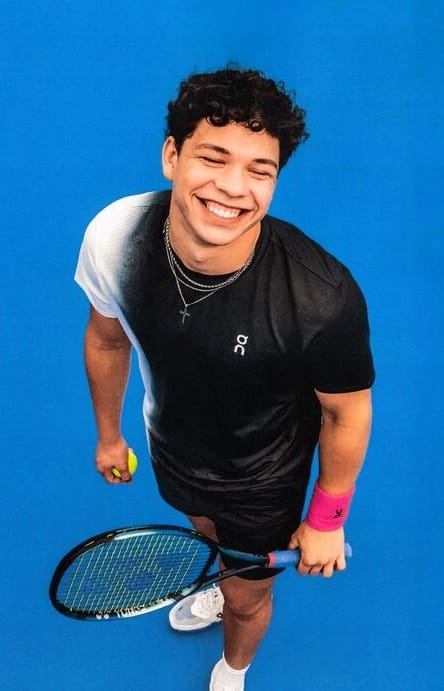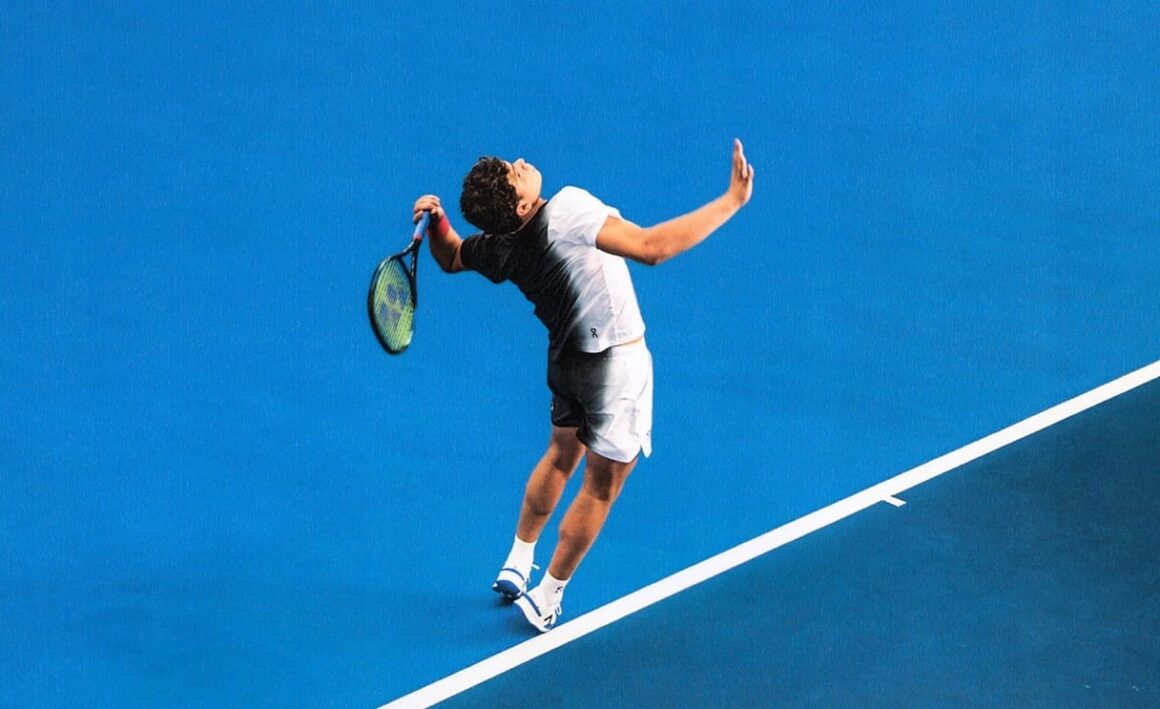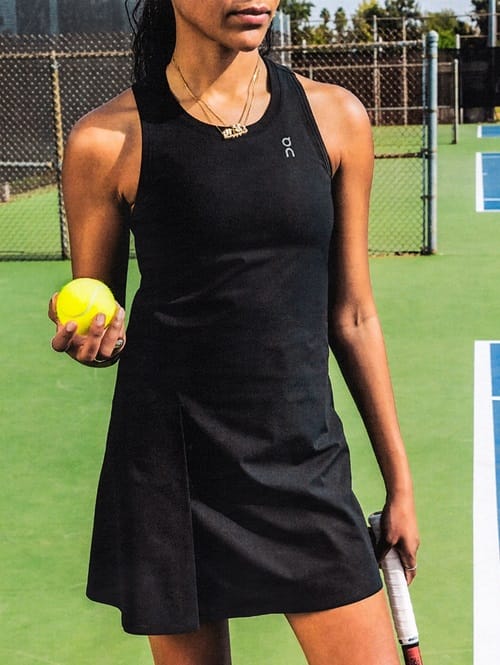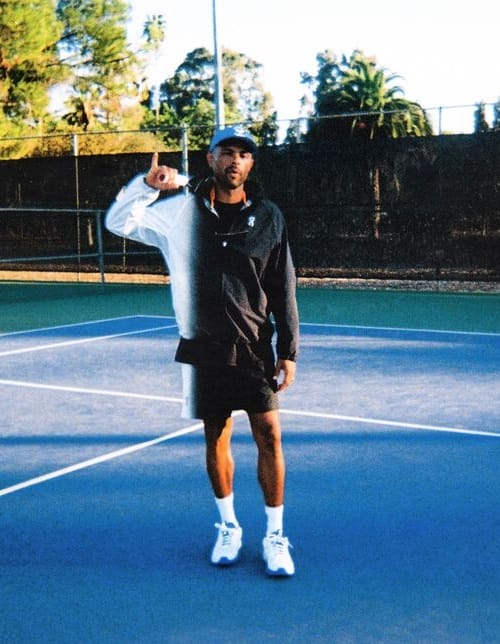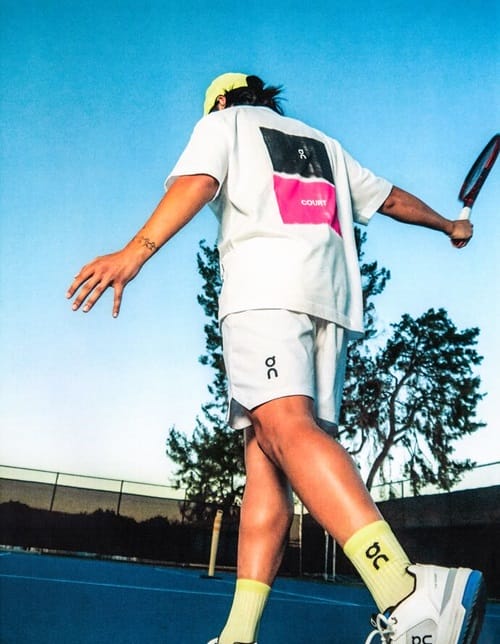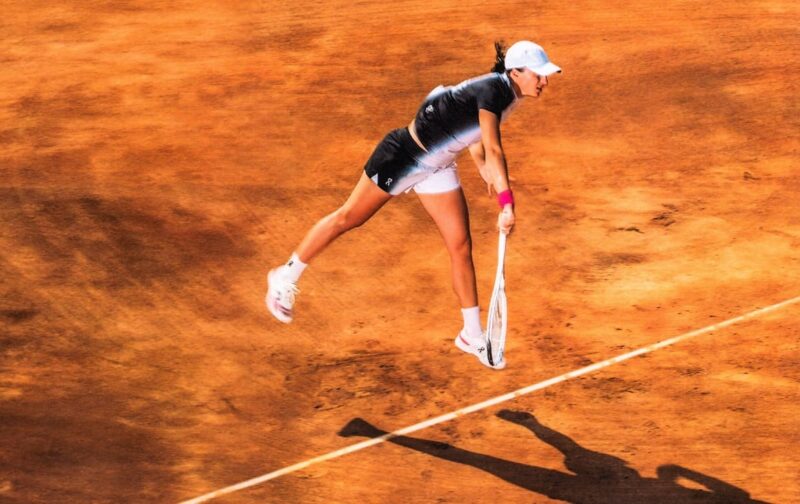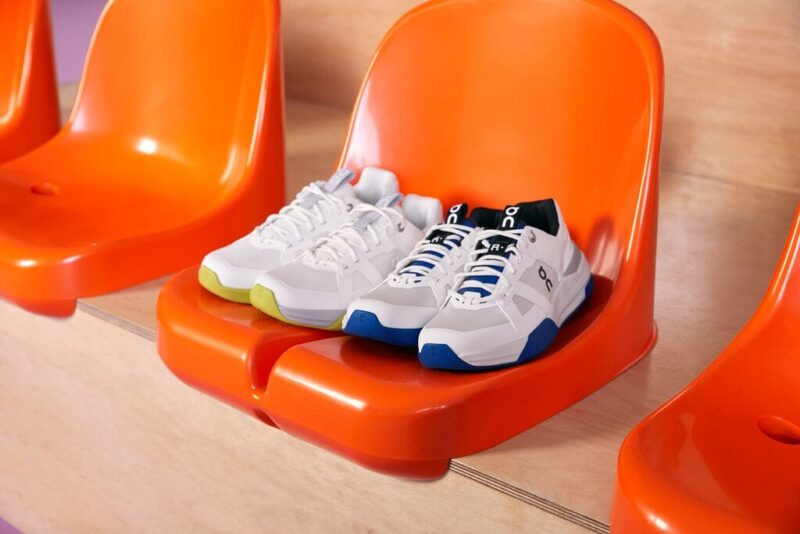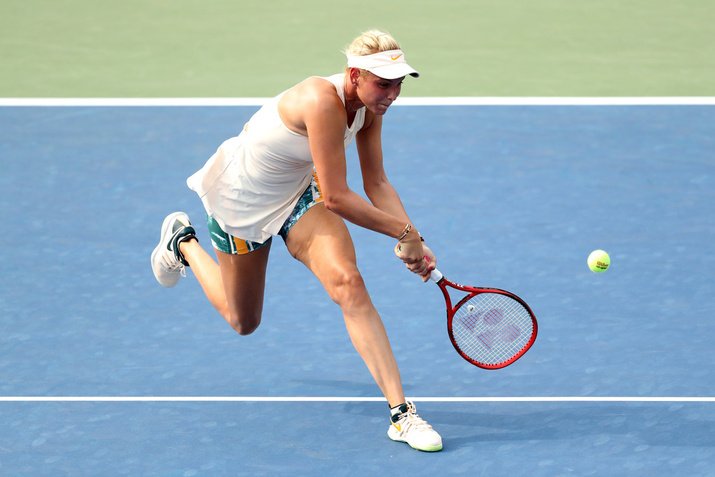Every tennis player has a weaker side (even the pros), and it’s usually the backhand side. This is especially true for recreational league players. And though your opponents might try and attack it without mercy, that’s no reason to throw in the towel.
Here are some proven tips which can help you not only disguise and strengthen your backhand but also win more matches!
Accept It
Your backhand is weak, so admit it and accept it, and STOP trying to rip winners like you do with your forehand. You don’t have nearly the same control, and therefore the risk of hitting it long, into the net, or right into your opponent’s strike zone far outweighs your hope of hitting a winner. Take off some pace, and hit it deep. Yes, you can still hit it deep without so much pace, and you’ll keep yourself in the point.
Nip It In The Bud
You should always be looking for your opponents’ weaknesses, and a great place to start is during the warm-up. How is their forehand? How do they handle their backhands, overheads, and volleys? Sure, that’s only the warm-up, so watch how they return those during the match, and how well they move on the court. Soon, you’ll discover their weakness(es). Attack those right off the bat, and there won’t be many opportunities to go after your backhand.
Run Around It
Keep your shots deep during a rally, and you’ll have an extra second or two (which is a lot in tennis time) to prepare for the return shots. And if one of them happens to be a backhand, you’ll have a little more time to run around it and hit a forehand.
Return To Sender
In doubles, DON’T go for a down the line winner. Return the ball in the same direction from which it came – and as deep as possible. This will force your opponent to hit one more ball and keep you in the point until you have the opportunity to run around it and rip a winner. In singles, hit the ball up the middle, and deep. This will shorten the angles of your opponent.
Less Is More
Avoid going for too much of an angle cross court when you play your backhands. Hitting an angle is asking for an angle in return (especially in doubles), and you’ll find it harder to avoid backhands if you get into that kind of rally.
Develop Other Weapons Of Mass Destruction
So you have a weak backhand. So what? You’ve got a pretty good forehand, and an even better net game – so work on developing those into weapons that will keep your opponents on the defense and help you avoid those backhands!
Practice Makes Perfect
Every tennis player can use some practice. Just look at the pros–they practice for hours EVERY DAY! Carve out a little “me time” every week and practice hitting backhands with a partner, or ball machine, or even a wall. This won’t make your backhand your strongest stroke, but it will become more reliable and consistent, and you know what they say about consistency. Consistency wins the race game!
Watch The Pros
Believe it or not, you can learn a lot about playing tennis simply by watching the pros. Study their games and learn their weaknesses, and then watch what happens when those weaknesses are attacked. Look for the variety of tactics they use to go from a defensive position to an offensive one.
Don’t worry about the limitations of your backhand. Follow these tips and not only will you have a more consistent backhand that you can rely on to keep you in the point, but you’ll be able to play more offensively, more often, and win more matches!
Which tips worked for you? We’d love to hear about it! Please share in the comments section below 🙂


